In order from heat from hottest to coldest, your components go the following way:
rotors -> pads -> caliper -> fluid
Wondering what temperature you’re actually getting up to? Was that bit of fade in your head or your own mistake or are the components really getting overloaded? Here’s how to tell for sure. Although you can use a heat gun after you’ve come off track, that’s not going to show max or peak temperature for on track usage, as the brakes will have cooled down significantly by pit.
The calipers are a good proxy for the brake fluid temp. We can apply Alcon caliper temperature strips to see where we peak here.
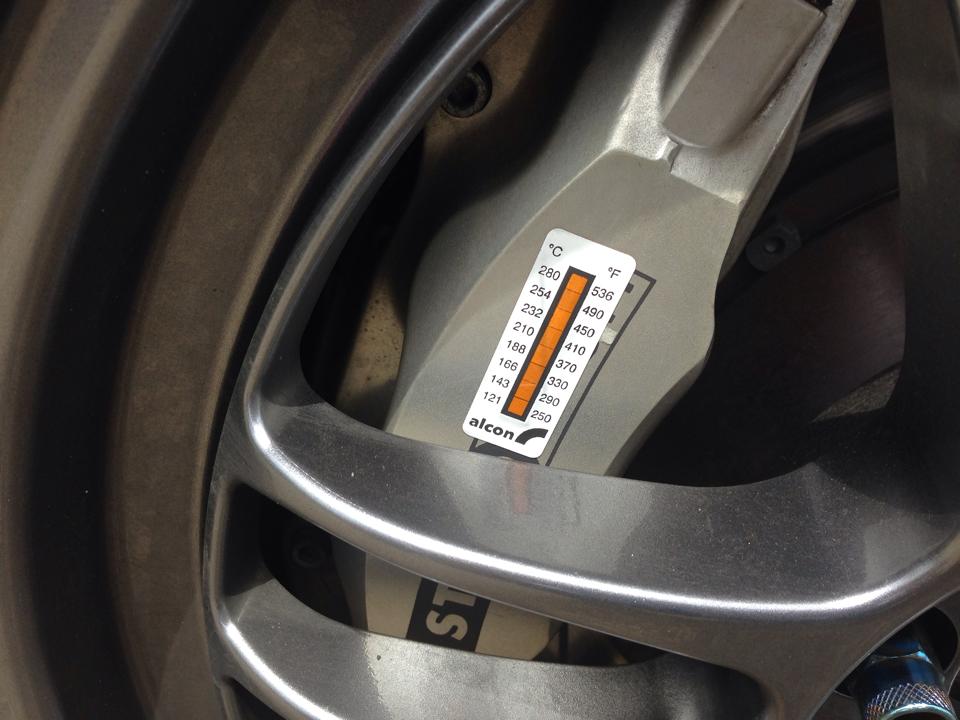
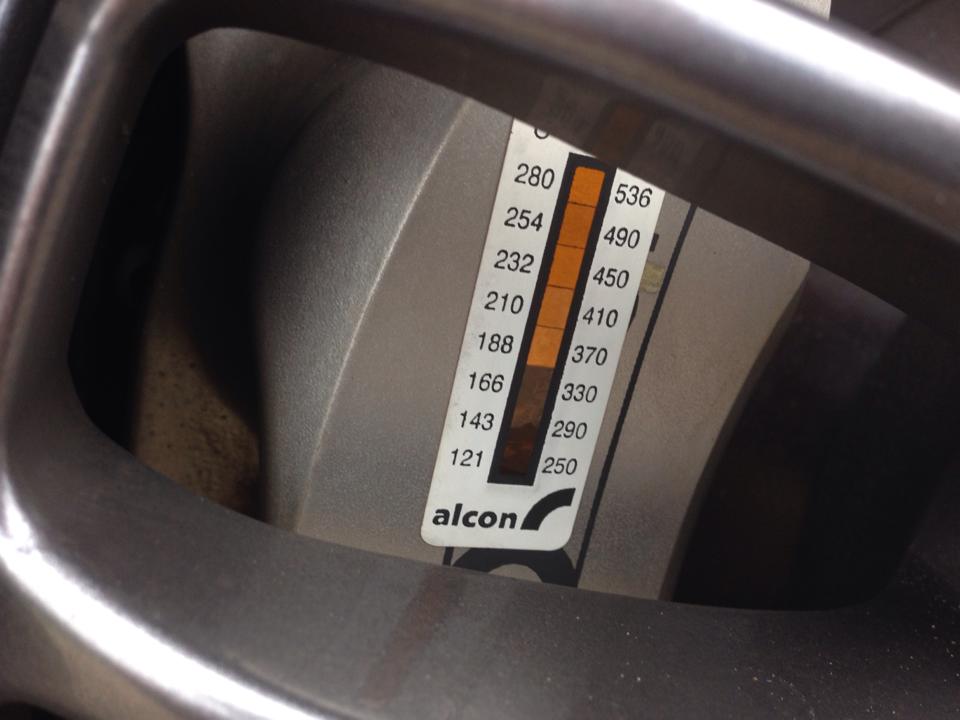
What about the rotors, are the pads within a good operating temperature working with them? We can use Tempil Tempilaq temperature indicating paint to check.
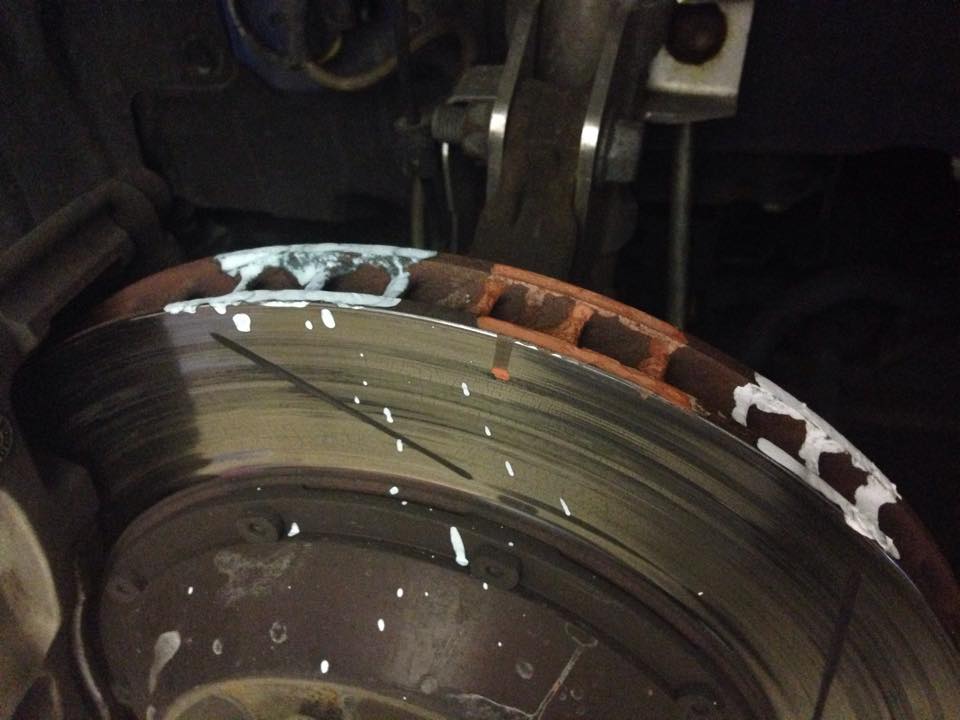
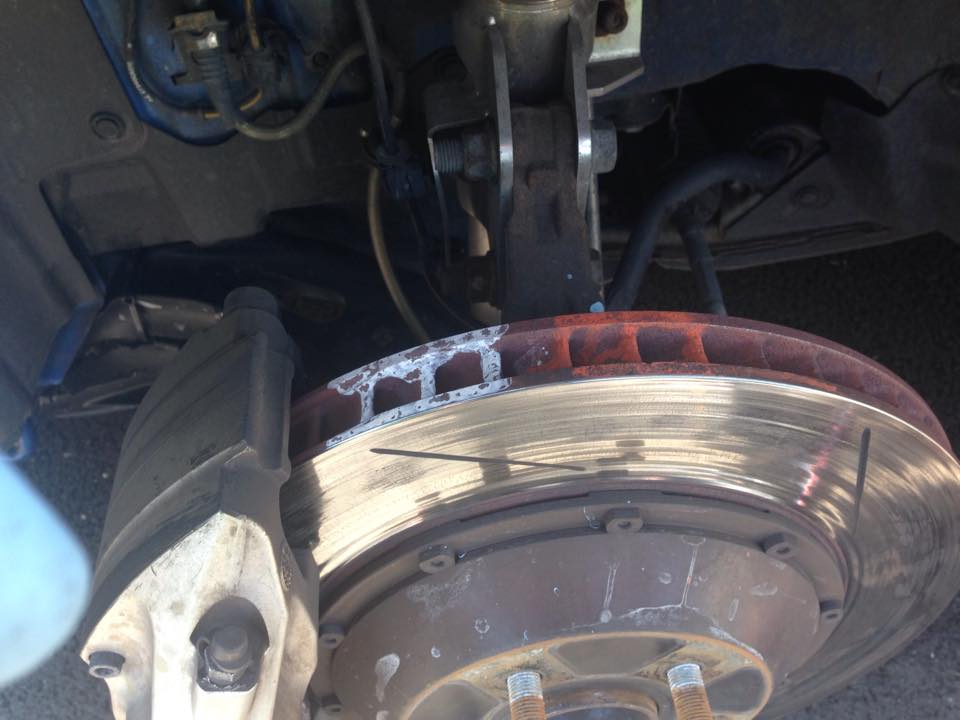
The green changes at 750 F, the orange/red 1000 F, and the white at 1250. This was my first application and I don’t think I did such a hot job and it was a little wet – the 1250 appears to be missing in the used post-track photo. The rotors appear to be between 750-1000 F.
Plenty of other temperatures are available as well. What I used in the above can be replicated below.
| Caliper Strips | 750 F | 1000 F | 1250 F |
If you’re also looking for a BBK for the BRZ/FRS/GT86 platform, take a look at the 86 FRS BRZ BBK article.
Also a note of caution – my calipers don’t look nearly as pretty these days; and I don’t think it helped with me sticking these guys right on the painted logo. I’d advised sticking it off to the side. No worries if you’ve got something like an anodized caliper though.
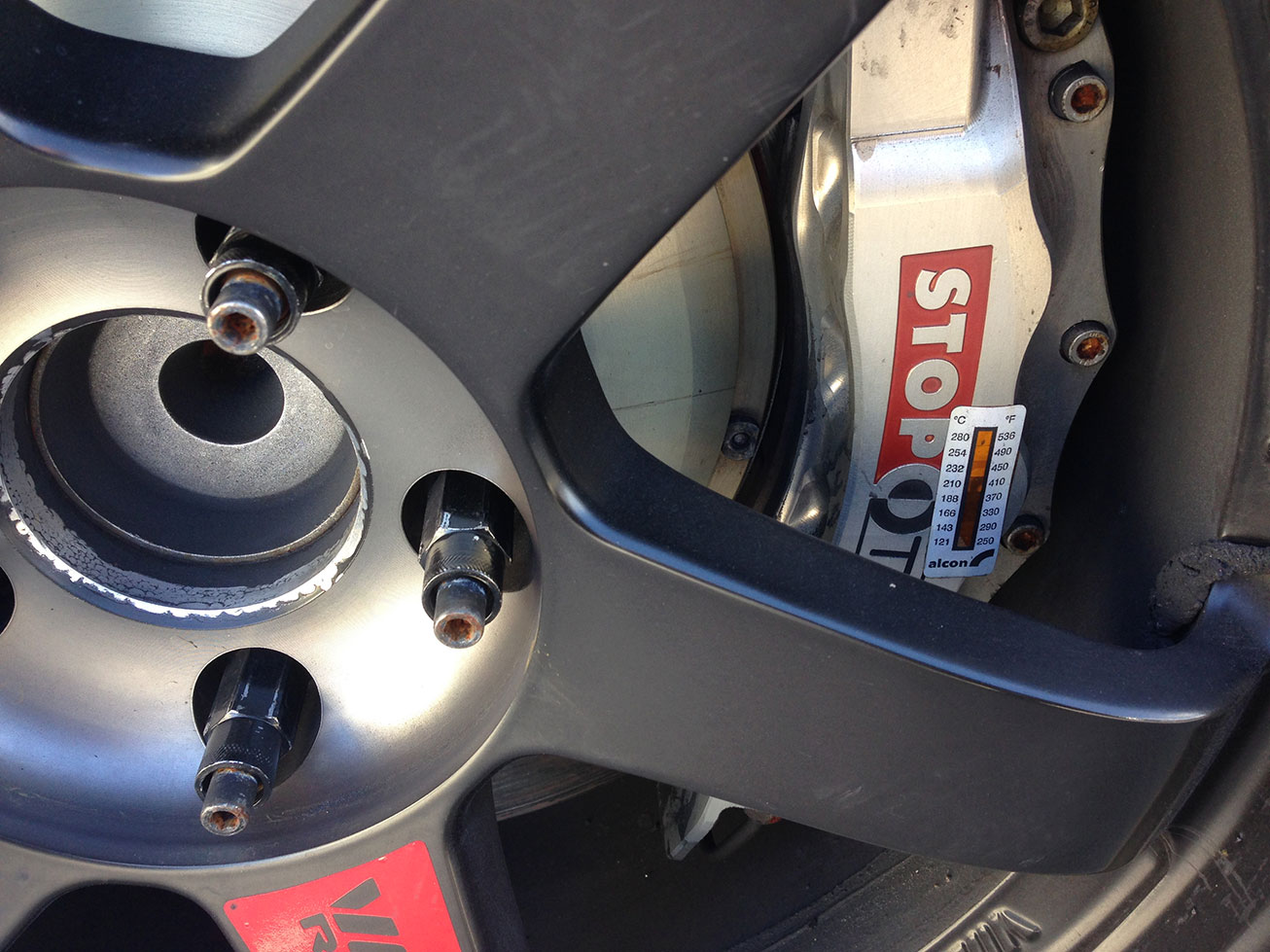


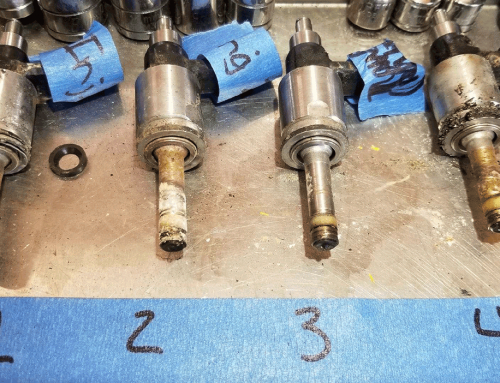
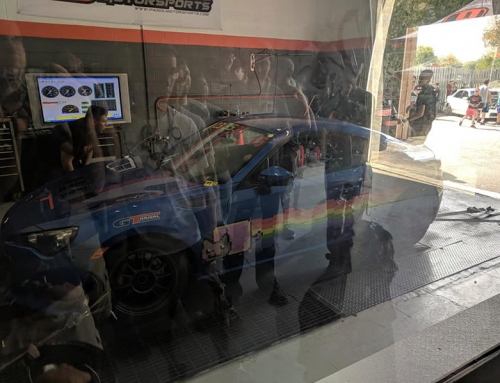
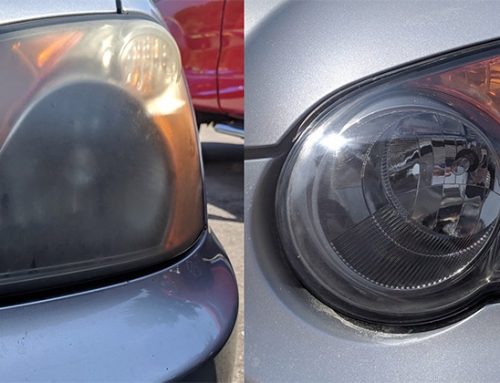
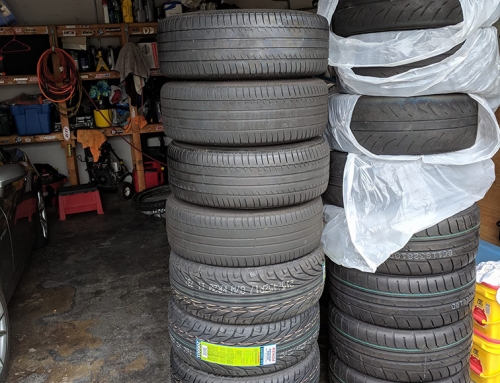
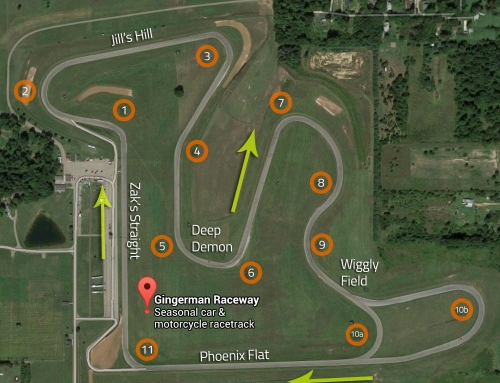
Leave A Comment